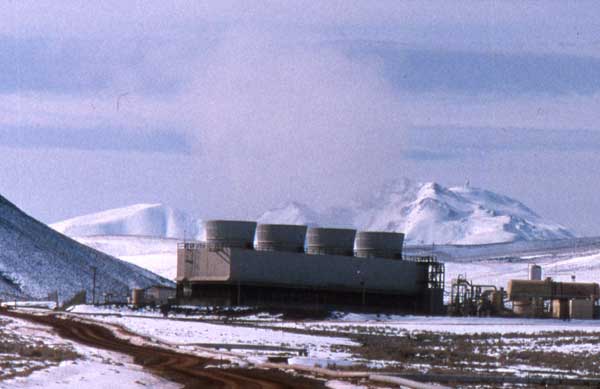Did you wonder how many gigawtes are produced by geothermal Power plants in West Coast of USA? How many Energy needs are coverem by geoethermal resources in West Coast of USA. You will know it from this article.
The West Coast of the United States, which includes California, Oregon, and Washington, is a significant hub for geothermal energy production due to its location along the geologically active Pacific Ring of Fire. Below is a breakdown of geothermal energy production, the percentage of regional energy needs it covers, and notable geothermal plants in each state.
Geothermal Energy Production (West Coast)
- Total Geothermal Capacity (West Coast): Approximately 3.6 gigawatts (GW) of installed geothermal capacity in the U.S. comes predominantly from the West Coast, especially California.
- California: About 2,700 megawatts (2.7 GW).
- Oregon: Around 36 MW.
- Washington: No utility-scale geothermal plants, but some exploration is ongoing.
Percentage of Energy Needs Covered by Geothermal
- California:
- Geothermal energy accounts for 5-6% of California’s total electricity generation.
- In 2023, California’s overall electricity generation was approximately 285-300 terawatt-hours (TWh), and geothermal contributed around 15 TWh annually.
- Oregon and Washington:
- Oregon generates a small portion of its energy from geothermal sources, less than 1% of the state’s electricity. Washington doesn’t have any operational geothermal power plants but is actively exploring geothermal resources.
Geothermal Plants by Region
California
California leads geothermal production in the U.S. Most geothermal power in the state comes from areas near tectonic plate boundaries or volcanic activity. The two major regions are:
- Northern California (Geysers Region):
- The Geysers Geothermal Complex (Sonoma, Lake Counties)
- The Geysers is the largest geothermal field in the world, with an installed capacity of around 1,600 MW.
- It generates about 20% of California’s geothermal energy and supplies power to around 725,000 homes annually.
- The Geysers Geothermal Complex (Sonoma, Lake Counties)
- Southern California:
- Salton Sea Geothermal Field (Imperial Valley)
- Installed capacity: around 450 MW.
- The area has significant potential for expansion, and new plants are planned, especially as part of efforts to develop lithium extraction from geothermal brine.
- Heber Geothermal Plant (Imperial Valley)
- Capacity: 92 MW.
- East Mesa Geothermal Plant (Imperial Valley)
- Capacity: 57 MW.
- Coso Geothermal Field (Inyo County)
- Installed capacity: around 270 MW.
- Located in the Mojave Desert.
- Salton Sea Geothermal Field (Imperial Valley)
Oregon
Geothermal activity is present in parts of Oregon, but development has been slower compared to California. Oregon has limited installed capacity:
- Neal Hot Springs Geothermal Plant (Malheur County)
- Capacity: 36 MW.
- First commercial geothermal plant in Oregon, operational since 2012.
Washington
- Washington has no utility-scale geothermal plants, though the state is geologically active. Exploration efforts are ongoing, particularly in the areas around Mount St. Helens and the Cascades.
Summary of West Coast Geothermal Regions:
| State | Major Regions/Fields | Notable Plants/Complexes | Installed Capacity (MW) |
|---|---|---|---|
| California | The Geysers, Imperial Valley | The Geysers, Salton Sea, Heber, Coso | 2,700 |
| Oregon | Southeastern Oregon (Malheur) | Neal Hot Springs | 36 |
| Washington | Cascades (Exploratory phase) | No plants operational | 0 |
Future Outlook
- The Salton Sea in Southern California is expected to play a significant role in both increasing geothermal capacity and contributing to lithium production, which could expand the region’s energy and resource profile.
- Geothermal capacity in California could increase significantly in the coming years due to advances in technology and resource exploration. Oregon and Washington may also see more geothermal development as technology improves for geothermal exploitation in volcanic and tectonically active areas.
In conclusion, the West Coast produces around 2.7-3 GW of geothermal energy, with California being the dominant player, and it contributes approximately 5-6% to California’s electricity grid. Oregon has limited geothermal output, while Washington is still in an exploratory phase.
